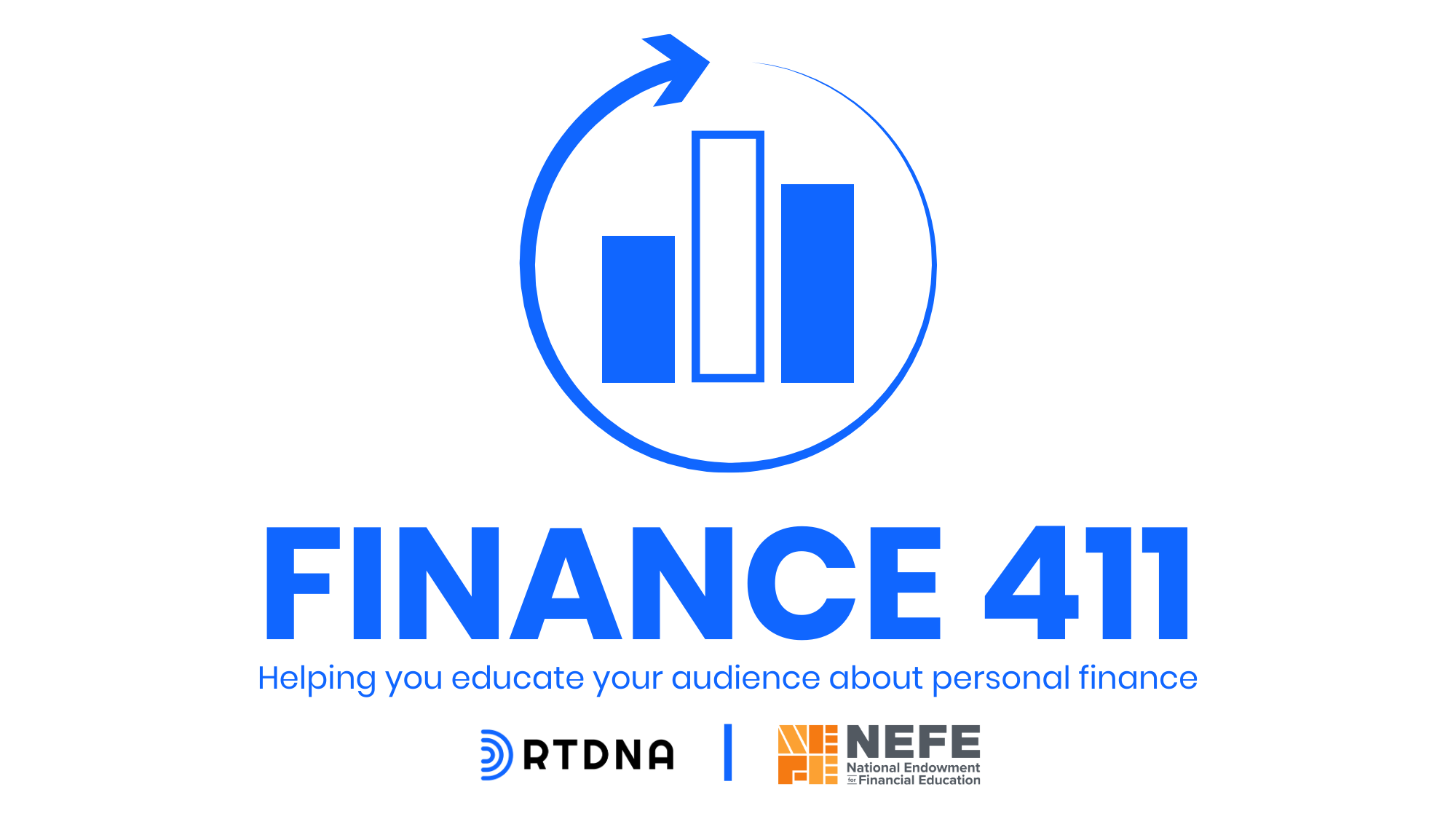Money Matters: Maximize your giving

The end of the year is approaching, a time when charitable giving reaches a peak, beginning with a major push by many nonprofit organizations (including the Radio Television Digital News Foundation) on Giving Tuesday, the Tuesday after Thanksgiving.
Giving to charity has been shown to make people feel not only happier but also wealthier, even giving in small amounts. And there are more ways than ever to give. That’s where personal finance reporting comes in: How can donors best maximize their giving dollars? Here are some giving options to look into:
Sending a check or giving cash. This is the most straightforward option. As long as the organization is a registered 501(c)3, or an organization like a church or trust, the donor gets a receipt for a tax write-off and the charity gets 100% of the donation. But this isn’t always convenient.
Give online by credit card. This is a growing option made quick and easy by mobile platforms. It is likely the most convenient for donors and makes it easy to give in any amount and get a tax receipt immediately. There are some costs, though, for the charity: giving platforms and credit card processing companies charge fees. Some platforms do have options to add an additional small contribution to cover those fees.
Recurring gifts. Giving monthly with automatic, recurring donations also incur some costs for charities, but provide steady, reliable income for the charity and make it easy for the donor to budget and give.
Donate through Facebook. Facebook now allows nonprofits to set up fundraisers where donors can give directly through the platform. There are no fees for the charity, and donors get a tax receipt from Facebook. But when Facebook is a pass-through, charities receive little information about donors and some have reported delays in or missing disbursements.
Go to a fundraising event or buy from a fundraising sale. This is a great way to connect with a cause, but, if goods or services are received in return for a contribution, that amount is not tax deductible. In addition, there are often costs associated for the charity, so less money is left to go toward the cause.
Give at the checkout. Point-of-sale or checkout charity is growing in popularity. Also called “cause marketing,” this is when retailers partner with nonprofits to offer their customers an opportunity to contribute while at the checking. It comes in several forms:
- Round up or add on. This allows customers to round up their purchase amount to the next whole dollar, with the change going to the charity, or to add a small pre-set amount to the transaction. It is easy to do and can add up for the nonprofit. The customer gets a deduction as long the contribution is listed on the receipt, but for such a small amount it may not be worth the write-off.
- Giving a portion or percentage of proceeds. In programs like AmazonSmile, companies agree to donate some amount of purchase proceeds to charity. It costs the customer nothing, so there is no tax benefit except to the company. But is there a cap on the giving? Are there costs to the charity? The details can vary by retailer.
- Donation based on purchase of specific item. Questions to consider here are what portion of the proceeds go to the charity and whether the retailer absorbs the hard cost of the item. And while the retailer may absorb some costs, there is no write-off for the customer.
What are some other types of giving you could look into? What about grocery stores that give customers the option of purchasing and then donating a food item? Crowdsourcing platforms? Donor advised funds? Social giving? Donating used items? There are many other types of giving to look into.
Weekly Money Matters personal finance content for your newsroom is sponsored by the National Endowment for Financial Education.
